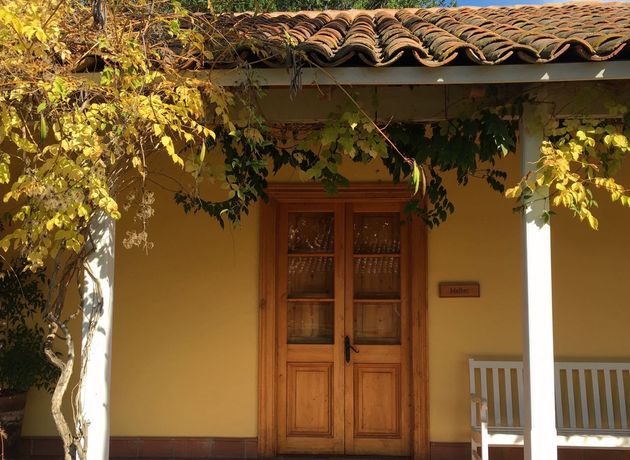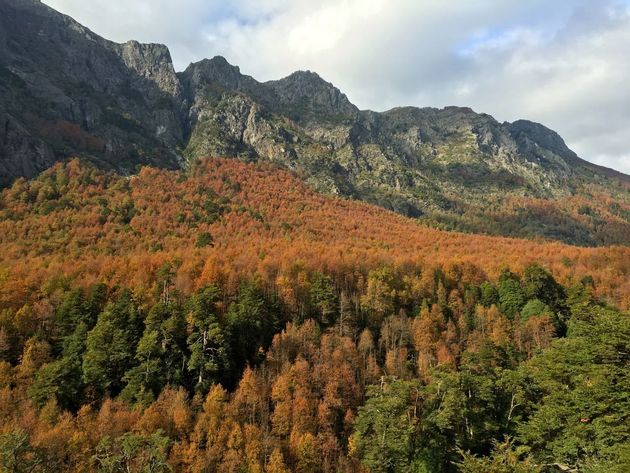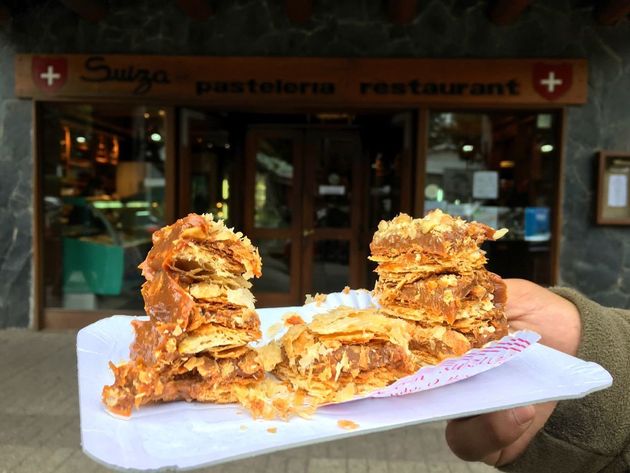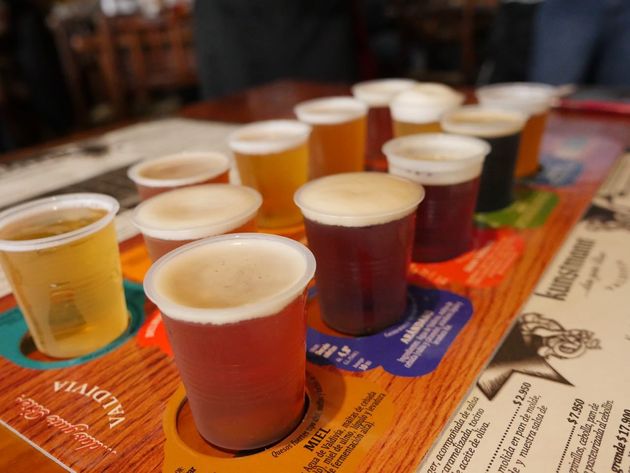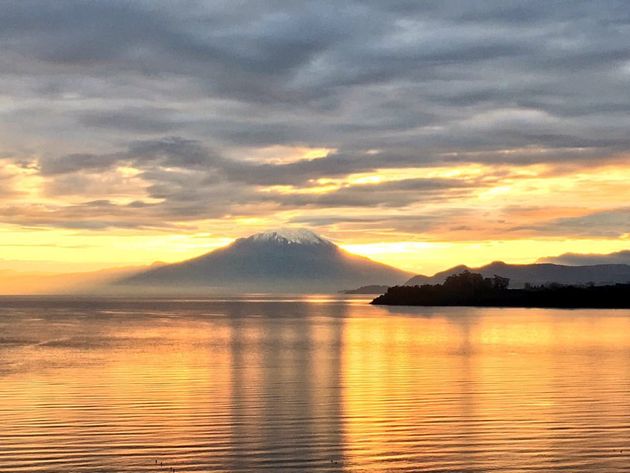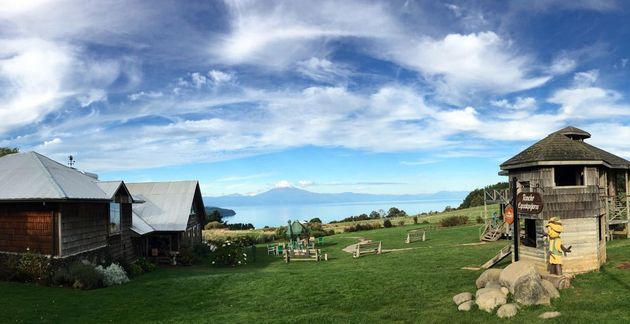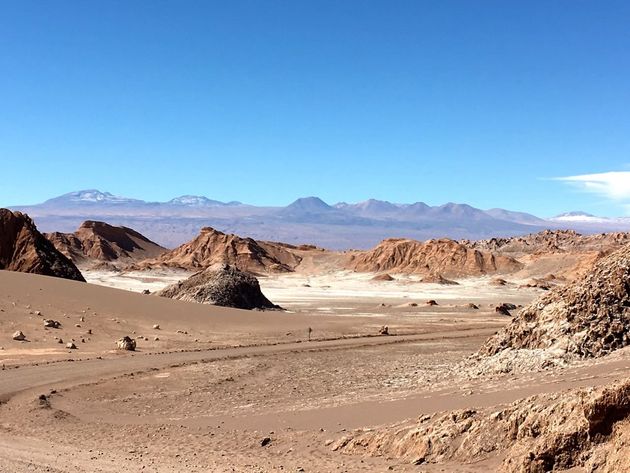For The Huffington Post. July 2016.
Chile is unlike any other country I have visited in South America. Because of its natural beauty, high literacy rate, and fairly stable political situation, it can be best described as the Switzerland of the south. Chile is a paradise for nature lovers and outdoor enthusiasts. Within the country, one can find a diverse variety of landscapes including vineyards, volcanoes, deserts, beaches, lakes, glaciers and forests. Nature, culture, food and people just are few of the reasons to visit Chile.
1. Unexplored Destination – Chile has been relatively cut off from the rest of the world due to its remote location. Therefore, the number of oversees tourists is not as overwhelming as in many other places, and there are areas in the country where you can find yourself to be the only visitors. People are friendly and there is no eminent danger. It is easy to move around the long country by air or road. Adventurers may rent a car (with or without a guide) and explore the entire stretch of 2,700 miles from north to south. Picture yourself in the next Motorcycle Diaries?
2. Santiago – Most visitors arrive in the nation’s capital, a city bustling with boutique hotels, restaurants, shops, art and nightlife. Santiago compares to other South American metropolis in terms of bottleneck traffic, but the city itself has a European feel and stands at an elevation of 1700 feet, surrounded by the Andes mountains.
Travel tip: Make Hotel Le Rive, a charming mansion style boutique hotel, your base and make day trips to the nearby Pacific Ocean and wine country.
3. Wine Country – Though Chile has been growing wine for a long time, Chilean wines entered the international wine scene only in the 1990s. From Elqui Valley in the north, Casablanca, Maule and Colchagua Valleys in the center, to Maipo Valley in the south, Chile is producing crisp Sauvignon Blanc, robust Cabernet Sauvignon, spicy Carménère, bold Syrah and smooth Pinot Noirs. In the last decade, biking wine tours of Chile have become very popular where visitors can enjoy the countryside, indulge in paired food and wine tastings, and spend overnight at villas in the vineyards.
Travel tip: Stay at Hotel La Casona in Casablanca Valley where you can bike through 6 miles of the farm, and drink award-winning organic and biodynamic wines at Matetic winery.
4. Pucon – This charming alpine town in southern Chile is best known for still active Villarrica Volcano where you can ski, snowboard or snowshoe all though winter. The trail from its peak to Lake Villarrica below is a scenic 1.5-2-hour ski, and hikers can spend a few days exploring the caves in the area. The volcano is surrounded by forests which are still home to the indigenous people who own the land.
Travel tip: Stay at upscale Hotel Vira Vira. This year-old Relaix and Chateau affiliated property boasts contemporary villas with fabulous views of the Licura river and the flaming volcano. Stay includes farm to table meals, activities such as yoga, horseback riding, guided hikes and cooking classes.
5. Indigenous Culture – The city of Temuco (near Pucon) has the highest indigenous (known as Mapuche) presence in Chile. In this region of Araucanía, visitors can see traditional huts made with paja and get a glimpse how they have lived for centuries. The Mapuche people are best known for their textiles, and it is also possible to visit the workshops of women who weave handlooms using sheep wool in traditional ways passed on from generations.
6. Región de la Araucanía – Bordering with Argentina, this forest area is home to hundreds of Araucaria Araucana, also know as monkey puzzle trees. With a backdrop of snow capped volcano, these thousand-year-old trees are referred to as living fossils. Fall is especially beautiful in this area as the region is covered with fiery red, yellow and orange leaves sloping along a winding road.
7. Manjar – It is believed that Chile invented the famous Dulce de Leche or sweet milk caramel during the Colonial times. In Chile, you can find many desserts prepared with manjar. There are hole-in-the-wall Pastelerías, as well as Swiss style bakeries serving torta mieloja (Napolean style pastry with layers of dulce), brazo de reine (a Swiss cake roll with caramel), and of course, alfajores.
8. German Culture – Since Chile opened up immigration to the Germans in the 1800s, entire towns in southern Chile have been taken over by German settlers. Here you can find traditional homes, churches, and schools that will transport you to Bavaria. German restaurants and breweries have also popped up. One of the most famous ones is family run Kunstmann brewery in Valdivia. Locals and visitors flock here for beer tastings, brewery tours and huge portions of currywurst and burgers.
Travel tip: Eat kuchen (cake) and apples strudel at Winkler Family Kuchenladen in the charming German town of Fruitilliar.
9. Chilean Food – The food across Chile differs by region, with more meat dishes in north and seafood in the south. Fried and baked varieties of empanadas stuffed with ground beef and cheese are perhaps the national street food of Chile. Sopaipillas (fried bread), casuela (meat and veggie stew in clay pot), pastel del choclo (corn and beef Shepard’s pie), and cordero al palo (whole roast grilled lamb) are also traditional comfort foods.
10. Puerto Varas – One of the most beautiful cities in Chile, located on Llanquihue Lake, acts as the gateway to Patagonia. Summer time is packed with Chilean tourists laying on the beach, kayaking, or picnicking on boats. Winter is bustling with skiers who come to enjoy the 8,700 feet tall slopes of Volcan Osorno.
Travel Tip: Get one of the balcony rooms at Hotel Cumbres and wake up to see a beautiful sunrise over the lake.
11. Wildlife – Don’t be surprised to see a huaso (Chilean cowboy) riding down the streets in the countryside. Most of the drives in southern Chile offer picturesque views of rolling hills and grasslands filled with free roaming cows, sheep, llamas and donkeys. In the north, you can see guanacos, alpacas and flamingos too. Remember, not to feed the wild animals!
Travel tip: Take a day trip to family-run Restaurant El Espantapajaros in Puerto Octay, where you can eat homemade German food against a scenic backdrop, and visit the farm animals up close.
12. Patagonia – Torres del Paine National Park is home to beautiful mountains, large glaciers, lakes and rivers. Located in the southern extreme of Patagonia is the largest ice field in the world, Glacier Grey, which creates colorful blue and green icebergs. Get ready for some serious hikes for the best views. This is the perfect place to be one with nature.
13. Atacama Desert – Due to its high attitude, dry air (driest non-polar place on Earth), lack of pollution and lack of cloud cover, Atacama offers the most spectacular star gazing on the planet. Feel surreal in the vastness of the Mars and Moon valleys, and see the colors in the desert change drastically at sunset. The Atacama Desert is rich in minerals, as well as dramatic lakes filled with salt.
Travel trip: Stay at Awasi Atacama, a boutique resort that combines local architectural elements with 5-star comforts. Personal guides take guests on archeological, star watching, hiking and biking tours.
14. Easter Island – The remote Easter Island in the Pacific Ocean is home to more than 800 Moai Statues created by the early Rapa Nui people. Visit the ancient sites, learn about the indigenous people, and enjoy views of the cliffs and water by biking or hiking around the island.
15. Photographer’s Dream Destination – Many travelers look for destinations where they are inspired to practice their photography skills. In Chile, one doesn’t need to go far to see varied landscapes, animals, people, and food. From star studded skies and dry cracked Earth, to snow covered volcanoes, alpine lakes, and glaciers, there is a great variety of panoramas in this country.
Note: All of the photos in this article were taken with an iPhone 6.
You really need a month to travel around the country and experience all that it has to offer. Custom tour operators such as Yampu Tours can create unique itineraries guided by locals, where travelers can experience the destination, learn about the culture, and interact with the locals. Family-run tour companies like Yampu realize that responsible tourism means supporting these destinations and sustaining their environments and communities for generations to come.
To read more about my travels to Chile, visit my blog, Go Eat Give.
